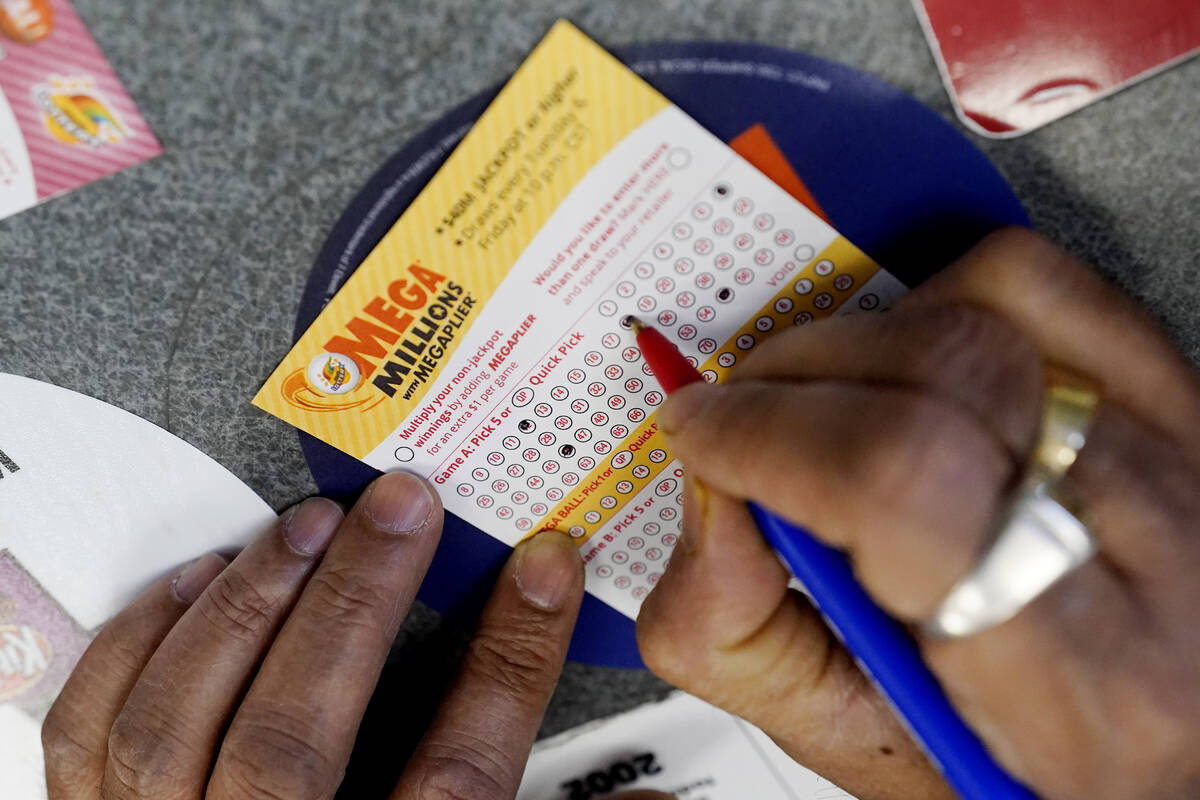No winning tickets drawn in $685M Mega Millions jackpot
Nobody won the estimated $685 million jackpot in the Mega Millions game Friday night.
One player matched all five regular balls and will pocket $3 million, according to the Mega Millions website.
Popping out of the machine were 1-3-6-44-51 and a Mega Ball of 7. The multiplier was 3X.
It’s by far the largest Mega Millions prize ever offered in the final week of any year, according to a news release.
The jackpot has soared past $600 million just five other times in its more than 20-year history.
The largest single prize was $1.537 billion on Oct. 23, 2018, won by a single winner in South Carolina.
The Jan. 3, 2023, drawing will undoubtedly exceed $700 million. No figure was announced Friday night.
The odds of winning the jackpot are 1 in 302 million, according to the lottery.
No lotto in Nevada
Mega Millions is played in 45 states as well as Washington, D.C., and the U.S. Virgin Islands. The game is overseen by state lottery officials.
Lottery tickets are not sold in Nevada.
In recent years, thousands of people have flocked to the Primm Valley Lotto Store at Primm to buy Mega Millions and Powerball lottery tickets. The store is about 45 miles southwest of Las Vegas along Interstate 15 on the Nevada-California border. It is the closest one to the Las Vegas Valley selling the tickets.
Also, various locations in northwest Arizona, including Bullhead City and White Hills, sell Mega Millions tickets.
Contact Marvin Clemons at mclemons@reviewjournal.com. Follow @Marv_in_Vegas on Twitter. The Associated Press contributed to this story.























